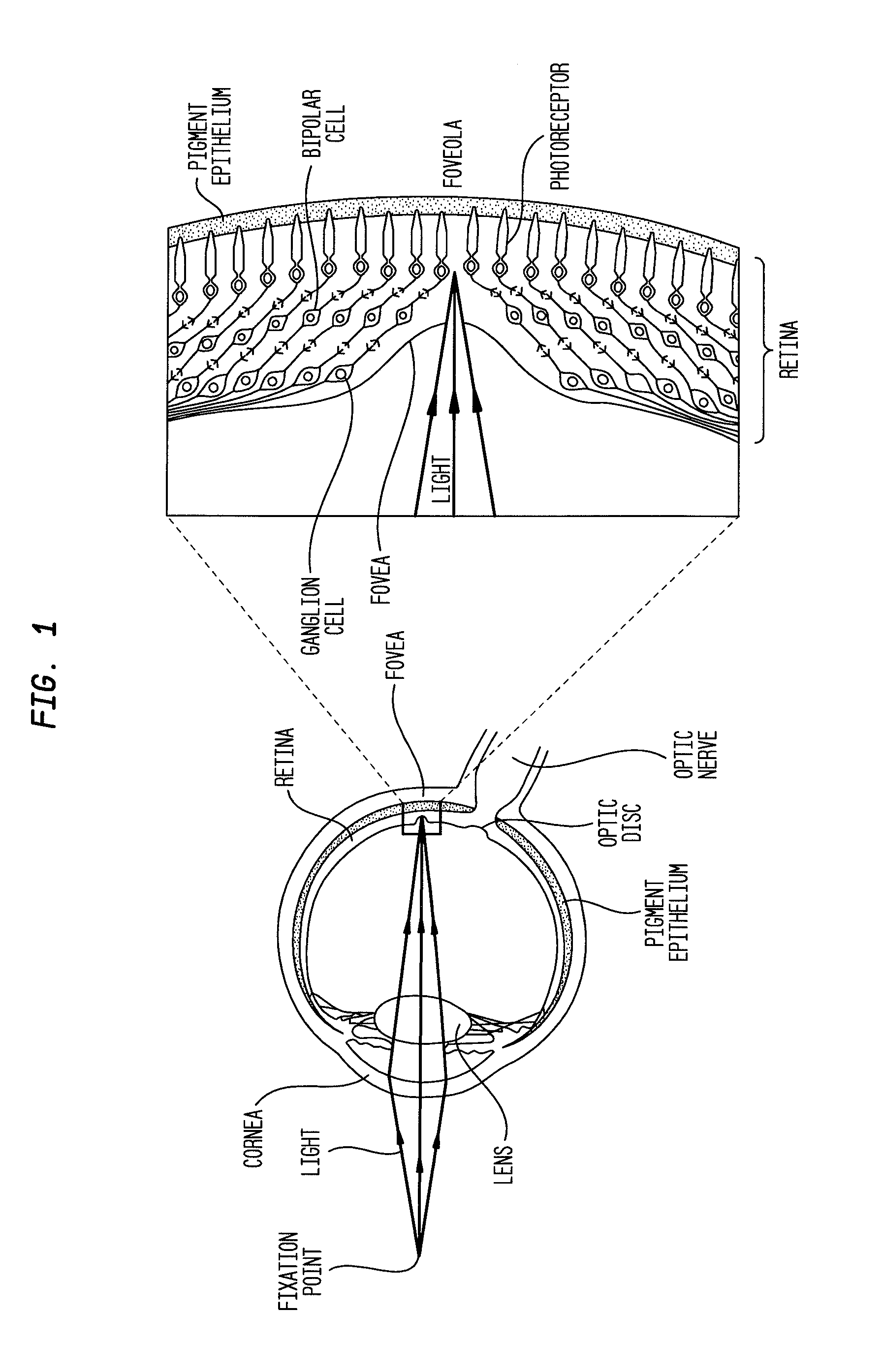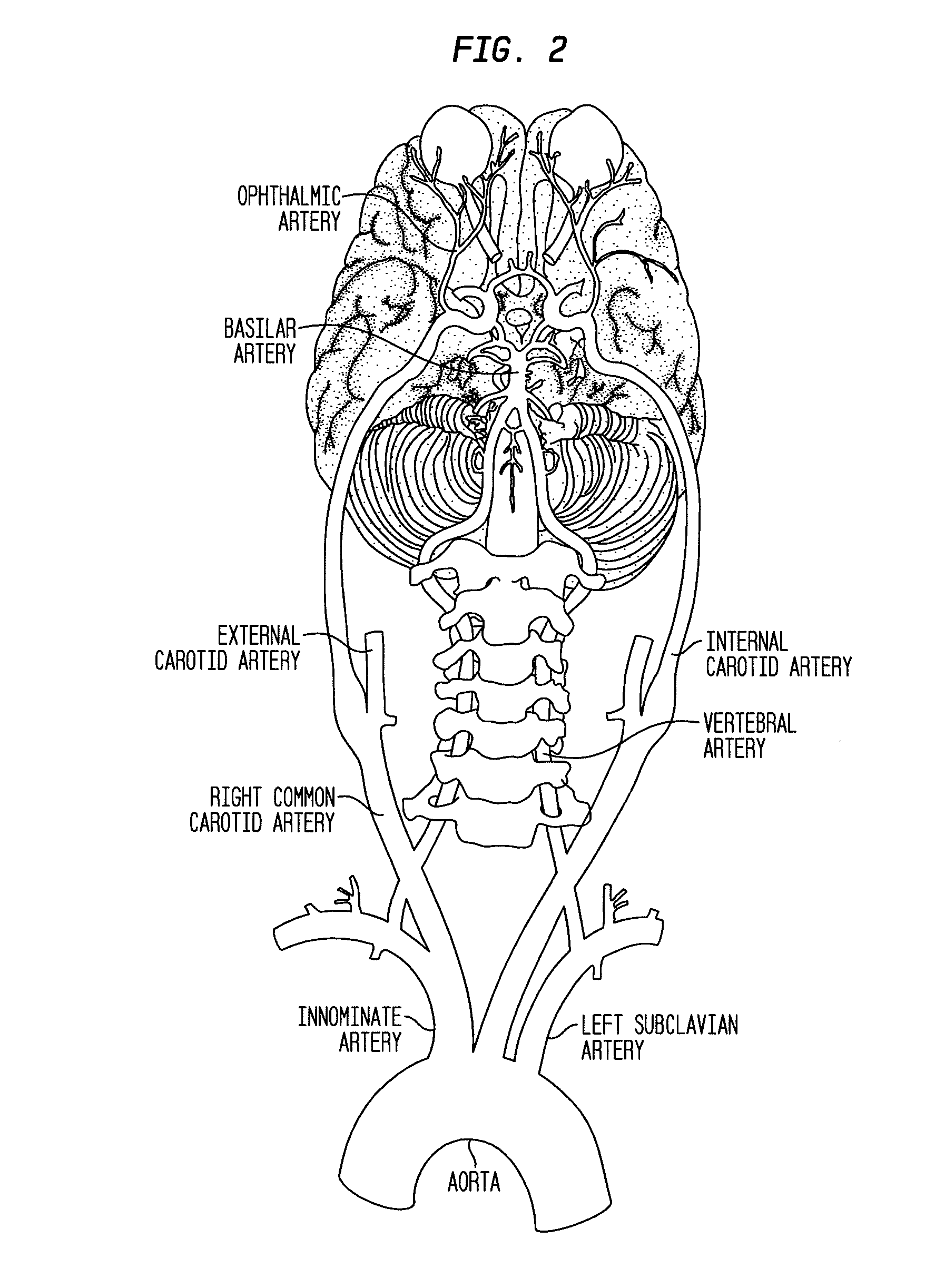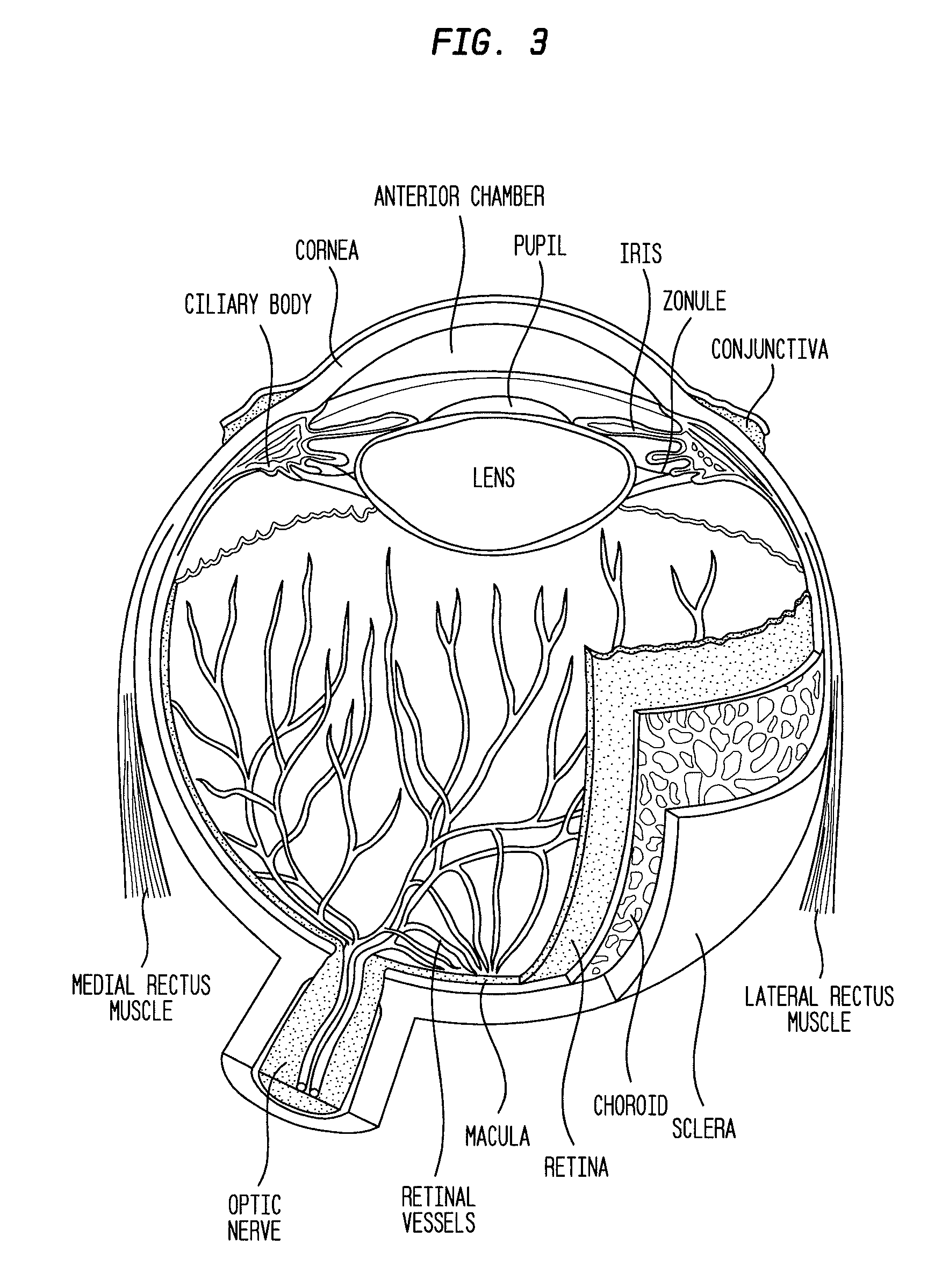Compositions and methods for reducing visual loss
a technology of visual loss and compositions, applied in the field of compositions, systems and methods for reducing visual loss, can solve the problems of abnormal intraocular pressure and other problems of eye diseases, and achieve the effect of reducing visual loss
- Summary
- Abstract
- Description
- Claims
- Application Information
AI Technical Summary
Benefits of technology
Problems solved by technology
Method used
Image
Examples
example 1
Effect of a Nimodipine formulation on Glaucoma Patients
[0386]A test formulation of a particulate nimodipine formulation containing a uniform distribution of microparticle size will be prepared by combining a polymer solution (e.g., a 50-50 glycolide-lactide blend) with a solvent in the presence of nimodipine. The mixture will be added to a surfactant containing aqueous solution to form an emulsion and the solvent extracted to produce the flowable microparticulate nimodipine formulation. The initial drug load will be 65%, i.e., 65% nimodipine and 35% polymer. The mean particle size will be about 52 μm.
[0387]The microparticulate nimodipine formulation can be combined with an additional therapeutic agent, e.g., a prostaglandin analog, Rho kinase inhibitor and a pharmaceutical carrier to form the pharmaceutical composition of the described invention. A vehicle (e.g. saline (hydroxyl propyl methyl cellulose (HPMC) in phosphate buffered saline (PBS))) can be mixed with the microparticulat...
PUM
| Property | Measurement | Unit |
|---|---|---|
| pressure | aaaaa | aaaaa |
| pressure | aaaaa | aaaaa |
| pressure | aaaaa | aaaaa |
Abstract
Description
Claims
Application Information
 Login to View More
Login to View More - R&D
- Intellectual Property
- Life Sciences
- Materials
- Tech Scout
- Unparalleled Data Quality
- Higher Quality Content
- 60% Fewer Hallucinations
Browse by: Latest US Patents, China's latest patents, Technical Efficacy Thesaurus, Application Domain, Technology Topic, Popular Technical Reports.
© 2025 PatSnap. All rights reserved.Legal|Privacy policy|Modern Slavery Act Transparency Statement|Sitemap|About US| Contact US: help@patsnap.com



